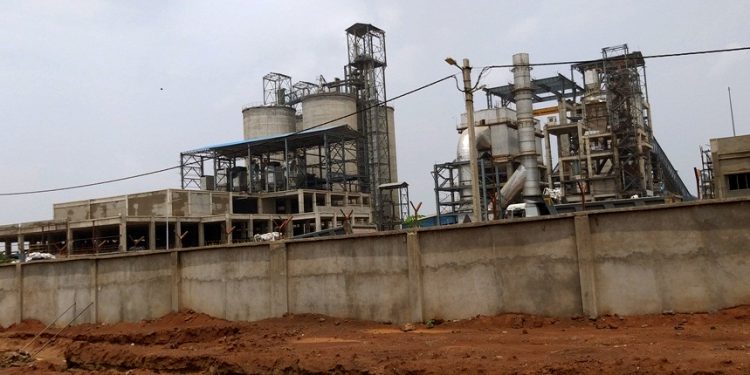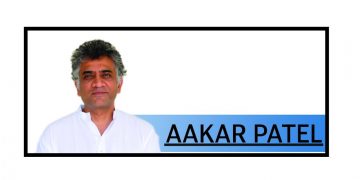Rourkela: This city in Sundargarh district is well known as an industrial hub, primarily for its steel production. However, industries contributing 70% of business in the district are in steel sector. All of them face power crisis, a report said.
According to sources, several steel industries in Sundargarh district have been badly affected by rising tariffs of discoms (distribution companies) over past 12 years. Power is evidently a prime requirement for such industries which amounts to 25% of the input cost of steel. This is how induction furnace units (IFUs) are affected by fluctuations in power tariff, sources said.
An exorbitant hike in power tariff by discoms is said to have broken the backbone of steel industries in the district. Even as power tariff was Rs 2 per unit twelve years back, it has gone up to Rs 5.35 per unit now with an escalation of nearly 167.5 per cent over the same period.
After 2008 there has been a continuous trend in power tariff hike which has created adverse condition for the steel industries. So much so that out of 62 industrial units, 21 steel industries are operating under very troubling condition.
Fluctuation in power tariff has given rise to a possibility of closure of steel industries in Sundargarh district, local experts opined. As per private statistical data, about 95,981 persons directly or indirectly depended upon steel industries for their living by 2008.
It is said that closure of 41 industries rendered several people jobless. As many as 46,050 persons are now directly or indirectly dependent on steel industries in the district. As 62 industrial units had consumed 13.71 crore kilowatts of power every month, existing 21 industrial units now consume only 6.18 crore kilowatts.
Left with no other choice, Wesco sells the remaining 7.5 crore kilowatts of power in open market at lower tariff, thereby incurring a huge loss of Rs 180 crores per year. Likewise, the state government also loses huge revenue from the power sector.
Some of the industrial units plan to shift to neighbouring states. As governments of Chhattisgarh and Jharkhand provide a conducive atmosphere for industrial growth, some industries in Sundargarh district find it easier to do business in these states, industrialists alleged.
The governments of Chhattisgarh and Jharkhand provide electricity with a subsidy of Rs 0.80 to Rs 1.40 per unit. Some of the private power utilities are said to be providing electricity at cheaper rates. Notably, power tariff in these states is about 8 per cent less than of that Odisha.
Reacting to this, owner of Top-Tech Steels Sibasankar Prasad said, “The state government should provide electricity at least with a rebate of Rs 1.75 per unit to promote steel industries in Sundargarh district. Overall power tariff in the state should be reduced by 8 per cent.”
President of Rourkela Chamber of Commerce and Industry (RCCI) Praveen Garg said, “Power utilities in the state show a monopolistic attitude where interests of consumers are not safeguarded. The utilities enhance power tariffs exorbitantly by sidelining issues like transmission mismanagement, improper planning and coordination, including rampant corruption at their own ends.”
As there is a healthy ambience of competition as well as coordination between private power producers and distribution companies in the neighbouring states, tariffs are not hiked monopolistically there, he added.
RCCI office-bearers had a meeting with Minister of State (independent charge) for Energy, Industries and Micro, Small and Medium Enterprises (MSME) Dibya Shankar Mishra February 6 in this connection.
The minister had then assured RCCI delegates to hold a high-level meeting of officials of all departments concerned to find out ways for a healthy and conducive business ambience for steel industries here.
In 2016, the state government had launched ‘Make in Odisha’ initiative for industrial growth and to promote industrialisation. The state government had received an investment assurance worth Rs 2,03,270 crore.
The key objective of this conclave was to showcase manufacturing prowess of Odisha and investment opportunities across sectors on focus, basic purpose of which seems to have been grossly defeated.







































